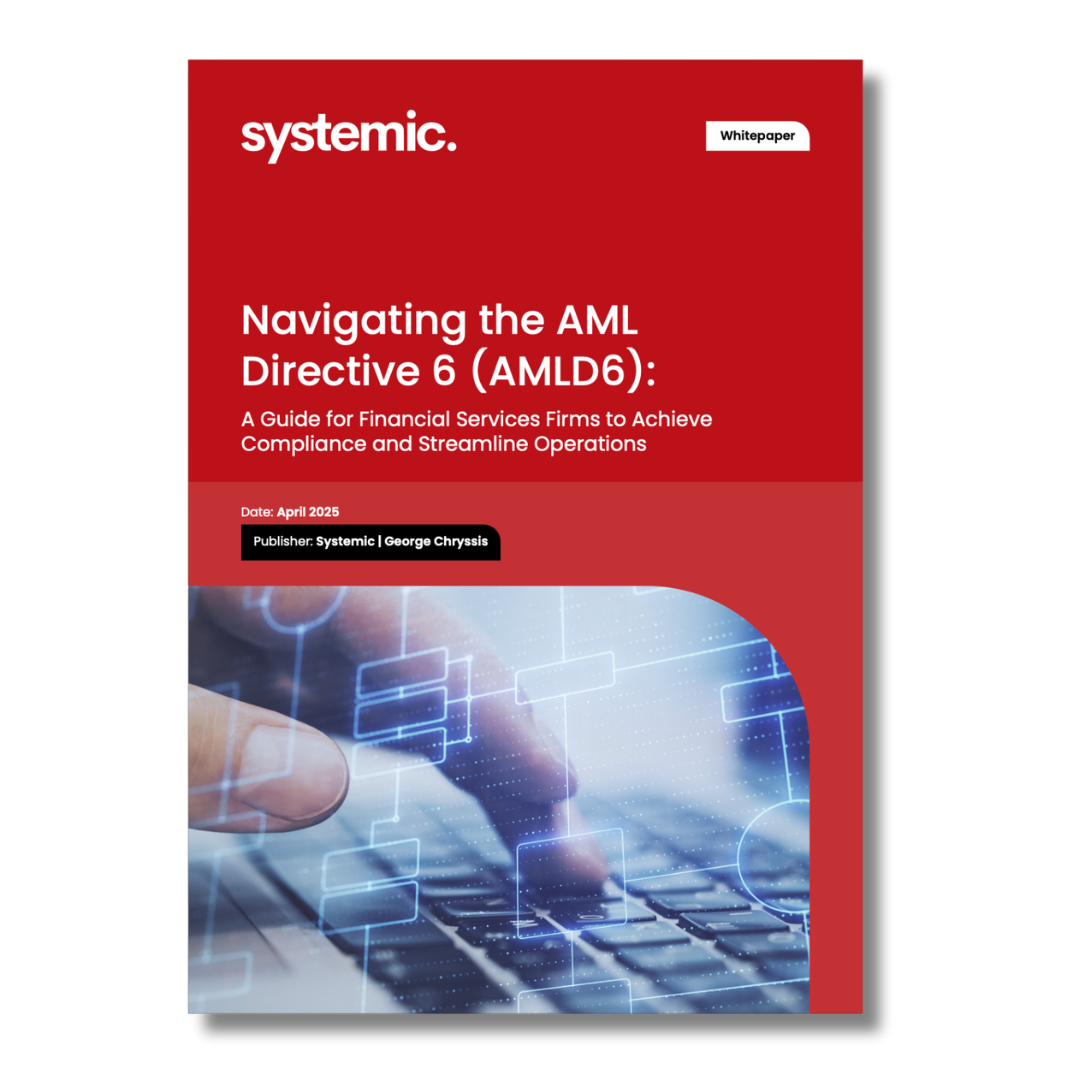In a period characterized by accelerating regulatory evolution and rising investor demand for transparency, fund administrators are hard-pressed to provide accurate, timely, and transparent reporting. The regulatory environment is becoming more dynamic, with international directives and local demands changing at a frenetic pace. Looking to future years, fund administrators face a myriad of challenges. In this article we will reveal these challenges and provide insight into what the future holds.
Top 5 Regulatory Reporting Challenges
- Communication gaps
Communication is one of the greatest challenges, even though it is usually undervalued. Being able to communicate effectively with investors, fund managers, and other stakeholders is worth noting prior to getting into our areas of expertise. Fund administrators must keep everyone informed regarding fund performance figures and notify them of any changes. This may be challenging when stakeholders are based in various countries or regions. Inadequate timely communication between fund administrators and fund managers may result in errors and delays.
- Navigating Complex and Evolving Regulations
Fund administrators are hit by a relentless tide of changing rules, from AIFMD and MiFID II to divergent local directives. Every jurisdiction has its own demands, and with regulations being updated frequently, forward-thinking compliance mentality is mandatory. Developing one global standard policy that meets several different jurisdictions is no mean achievement; it can sometimes necessitate more information than local regulations require and prolong onboarding and reporting timeframes. Added to that, regulatory changes that are continuous introduce an element of complexity since fund administrators need to make corresponding changes to their systems and processes.
- Technology Integration and Operational Efficiency
Most fund administrators continue to use legacy systems or poorly integrated tools, which create inefficiencies and a greater potential for errors. The absence of institutional-level infrastructure can also hinder their ability to respond quickly to emerging regulatory demands.
- Accuracy and Timeliness
Regulatory deadlines allow minimal margin for error, and even a slight delay can undermine investor confidence and activate expensive penalties for funds. Peak periods, particularly the year-end, amplify the stress; without strong controls and well-resourced teams, mistakes begin to creep in and filings fall behind. Maintaining each report both accurate and timely is an ongoing challenge.
- Customization and Client Expectations
When clients are looking for customized reporting and tailored solutions, they introduce a further level of complexity. Standardized processes might not always fit the exact requirements of a particular fund or investor, so administrators need to balance efficiency and flexibility.
Future challenges
Additional to the above challenges, there will be several other areas that may also be significant for fund administrators in the coming years.
As regulatory reporting becomes increasingly data-intensive, we can anticipate an even stronger focus on stringent data security and privacy controls. Administrators must then comply with data protection laws like GDPR, particularly in dealing with sensitive investor data across borders.
In addition, ESG (Environmental, Social, and Governance) is growing swiftly and there are a number of regulatory requirements surrounding this space impacting fund administrators to be ready to gather, validate, and report ESG information, which frequently entails novel data sources and evolving standards. Lastly, the long-term landscape of talent management is set to shift. As regulatory reporting grows more complex, there will be a greater need for specialized expertise within fund administration teams.
Conclusion
The regulatory reporting landscape for fund administrators has been characterized in 2025 by complexity, velocity of change, and rising expectations. Whether it is closing communications gaps, overseeing technological enhancements, or keeping up with changing regulations, the hurdles are considerable—but manageable. By anticipating and resolving these challenges and encouraging a mindset of ongoing improvement, fund administrators can not only satisfy regulatory requirements but also increase client satisfaction and set the stage for long-term success.
Looking forward to 2026, regulatory requirements will be more data-driven and technology-centric. We can expect AI and automation to be more involved in reporting, as well as regulators and investors demanding greater real-time transparency.
As the industry continues to evolve, those who come up with new ideas and adaptability will thrive in the face of ongoing shifts.





